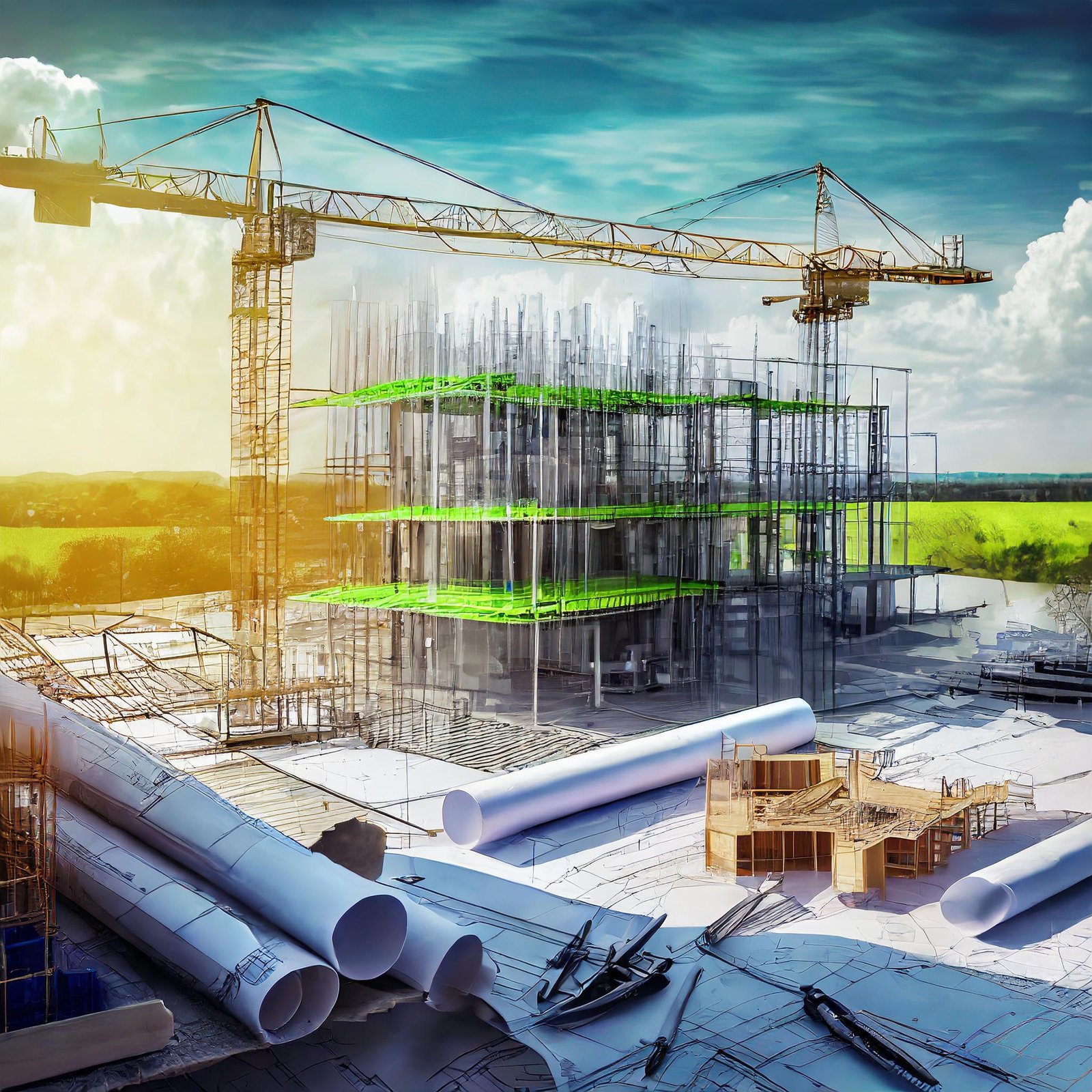In the era of information technology, effective information management is the backbone of any successful project. Within this context, BIM emerges as a groundbreaking tool, transforming the way architects, engineers, and builders collaborate and communicate their ideas. However, the full potential of BIM can only be realized when combined with clear and concise documentation. In this article, we explore the intersection between BIM and documentation, highlighting how this synergy can significantly enhance communication in construction projects.
What are the Key Documents for Civil Construction Projects in BIM?
The main documents for civil construction projects in BIM can vary depending on the project stage and the specific needs of each involved team. However, some fundamental documents that are often generated or derived from BIM models include:
BIM Execution Plan (BEP): This document defines how the BIM process will be implemented and managed throughout the project lifecycle. It addresses issues such as responsibilities of the involved parties, modeling standards, data exchange, schedules, and quality goals.
BIM Manual: The BIM manual is a detailed guide that establishes the specific procedures and standards to be followed by all project participants regarding the creation, organization, and exchange of information in the context of BIM.
3D Models: The BIM model itself, which virtually represents all project elements in three dimensions, is a crucial document that serves as a basis for collaboration and communication among the involved parties.
Plans, Sections, and Elevations: These documents are derived from the 3D model and provide two-dimensional views of different parts of the project, such as floors, vertical sections, and facades. They are essential for the detailed understanding of the project’s geometry and spatial organization.
Quantities Takeoff: Automatically generated from the BIM model, these lists detail the quantities of materials needed for construction, such as concrete, steel, glass, etc. They are crucial for cost estimates, procurement planning, and inventory management.
Constructive Details: Detailed drawings that explain how different parts of the project should be built. They are essential to ensure accuracy in the execution of the work.
Fabrication Documentation: For prefabricated or modular elements, the BIM model can be used to generate detailed documentation for factory fabrication, such as assembly drawings and parts lists.
How do these Documents enhance Communication throughout the Project?
These documents resulting from the integration with BIM play a fundamental role in improving communication throughout the project in various ways:
Standardization and Consistency: The documents establish clear and consistent standards for the creation, organization, and exchange of information. This ensures that all parties involved in the project are aligned regarding the processes and procedures to be followed, facilitating communication and reducing the risk of misunderstandings.
Definition of Responsibilities: By specifying the responsibilities of each team and project member, BIM management documents ensure that everyone knows who is responsible for which tasks and decisions. This helps avoid conflicts and ensures that information is shared effectively among different participants.
Transparency and Access to Information: BIM management documents define the processes for information exchange and ensure that everyone involved has access to relevant information at the right time. This promotes transparency and collaboration, allowing teams to make informed decisions based on available data.
Planning and Coordination: The plans established in BIM management documents, as well as the quantities list, help coordinate the activities of different teams and disciplines involved in the project, and can program the necessary purchases according to the phase of the work. This allows for more efficient planning of tasks, avoiding duplication of efforts, and ensuring that everyone is working towards the same goals.
Improved Visualization and Understanding: 3D models and visual representations derived from them, such as plans, sections, and elevations, facilitate the understanding of the project by all stakeholders, including clients, architects, engineers, and builders. These visual representations help avoid misunderstandings and ensure a shared vision of the project.
Discipline Coordination: BIM models allow the integration of various disciplines, such as architecture, structure, electrical, and hydraulic facilities, in a single collaboration environment. This facilitates coordination between different teams and reduces the risk of conflicts during the construction phase.
Transforming Projects with BIM and Documentation: Enhanced Communication
In such a complex and dynamic sector as civil construction, where effective communication is essential for project success, the integration of BIM with robust documentation has proven to be a game-changer. Through improved visualization, coordination between disciplines, real-time updates, and facilitation of information exchange, BIM and its associated documents offer a revolutionary approach to communication in construction projects.
By adopting this approach, teams can overcome traditional communication challenges, reduce conflicts, avoid rework, and ultimately deliver more efficient, cost-effective, and sustainable projects. Therefore, as we move towards an increasingly technology-driven future, investing in the integration of BIM and documentation is not only a wise choice but an imperative necessity for companies and professionals seeking to excel in a competitive and ever-evolving market.




Deixe um comentário